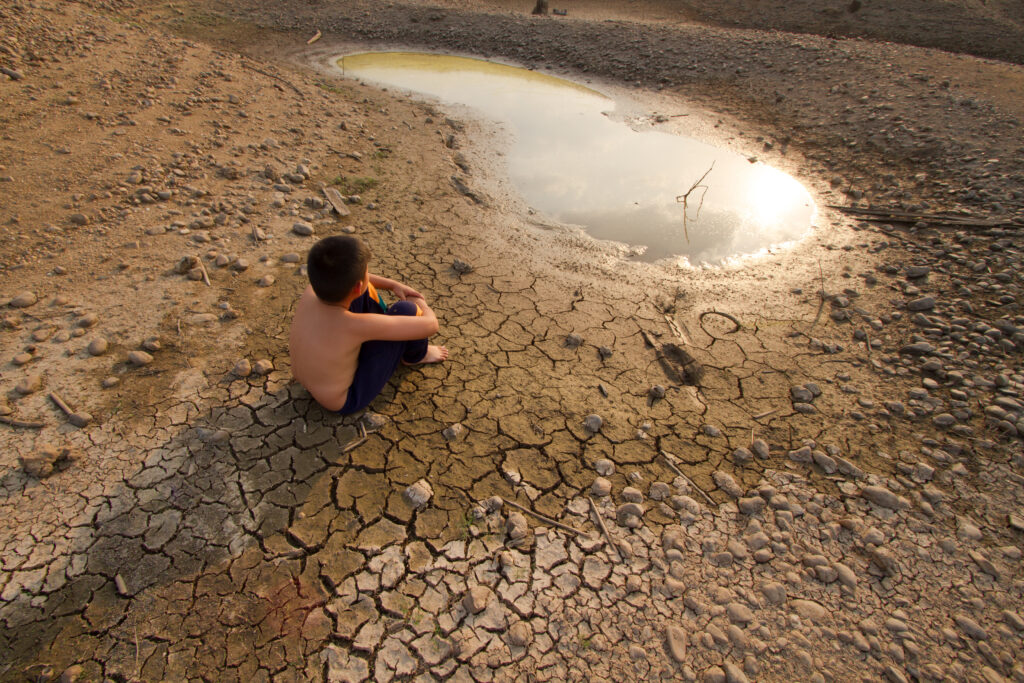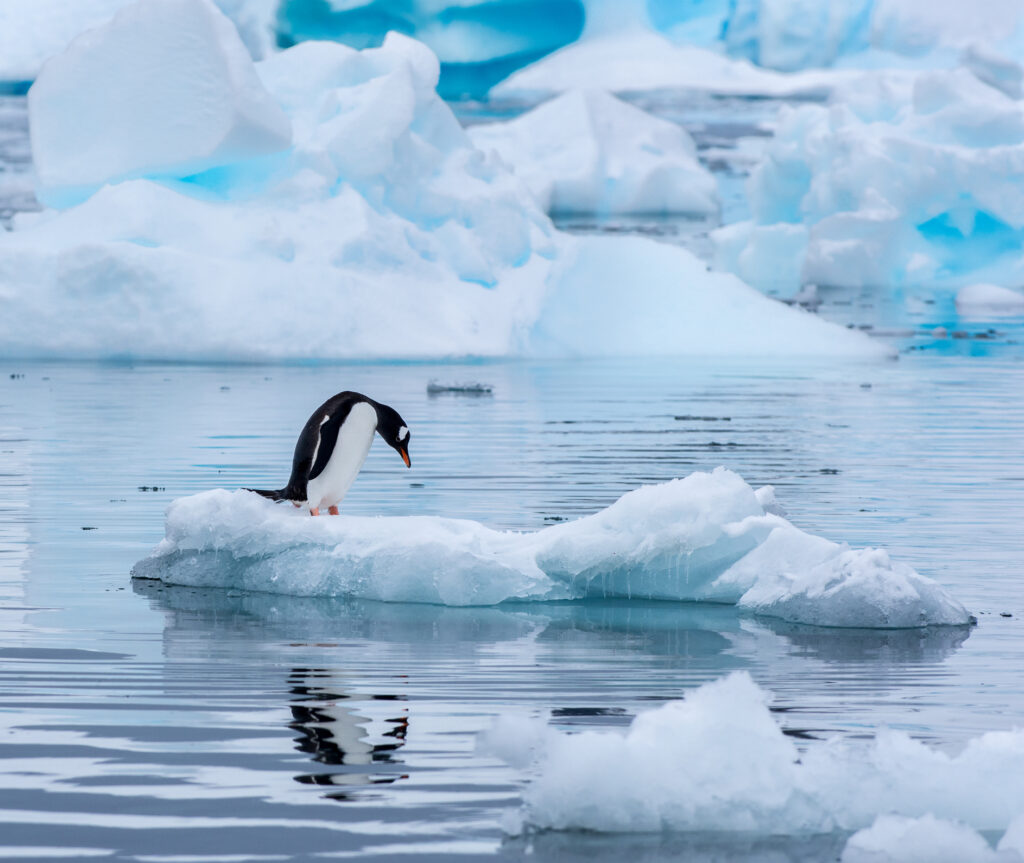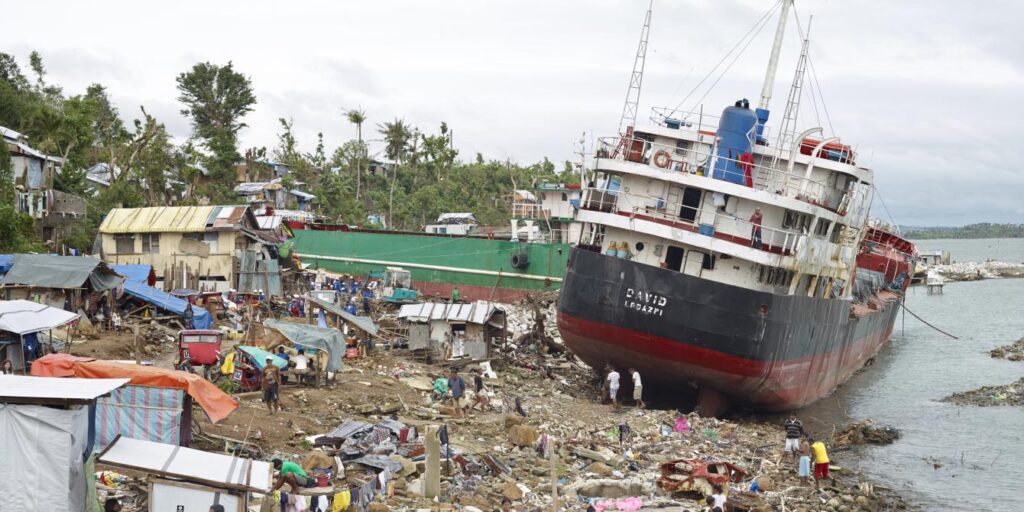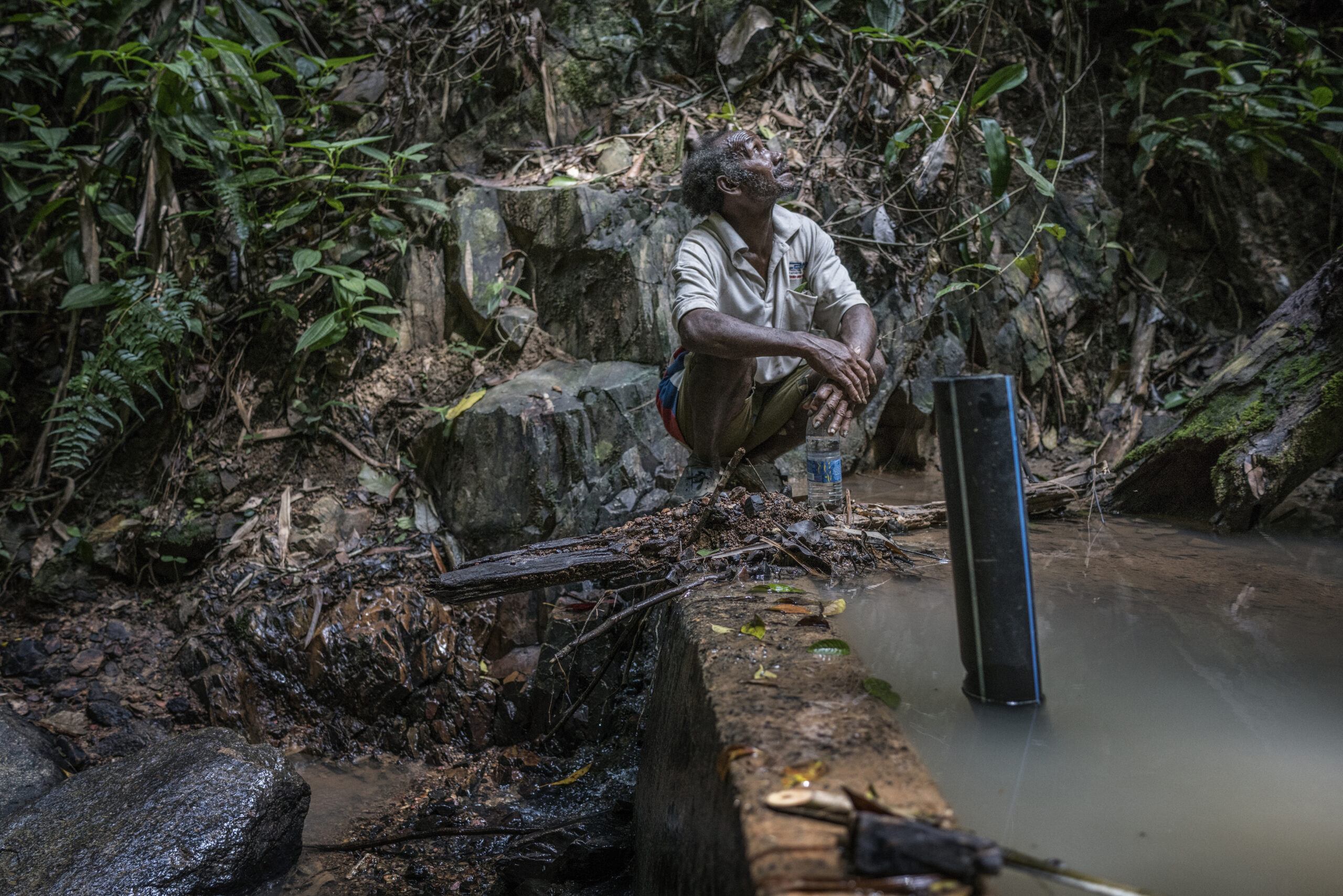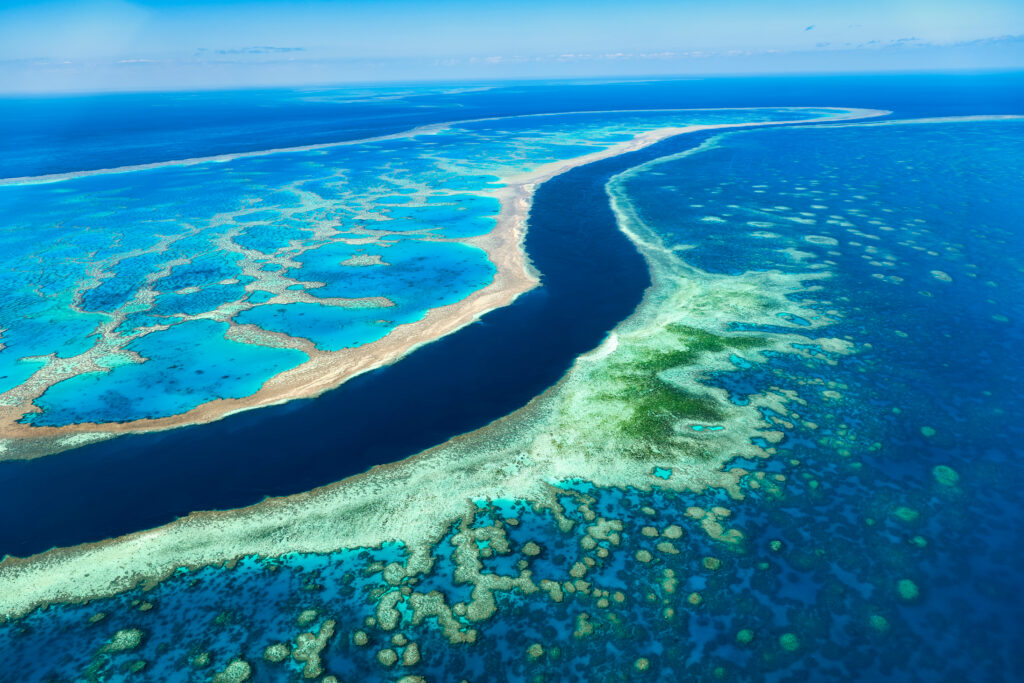Ecotourism destinations welcome over 100 million visitors annually, with over 1 billion trips engaging in nature-based and ecotourism activities. This generates around USD 340 billion for local economies. Beyond revenue, protected areas anchored by ecotourism store significantly more carbon than comparable unprotected lands, while community-run lodges directly return profits to nearby households. These metrics reveal how responsible travel can fund conservation, lift communities and advance global climate goals.
What Defines Ecotourism Destinations?
The United Nations World Tourism Organisation (UNWTO) identifies ecotourism destinations as natural areas committed to sustainability, community empowerment and environmental education. Essential criteria include conservation-focused policies, low-impact tourism activities, the active involvement and benefit of local communities and educational experiences aimed at promoting environmental awareness.
Typical ecotourism destinations range from national parks and marine reserves to UNESCO biosphere reserves and sustainably managed cultural heritage sites. These sites highlight the importance of sustainable travel, integration of conservation, education and community support, ensuring long-term viability and positive environmental impacts.
10 Best Ecotourism Destinations in the World
Ecotourism destinations span diverse ecosystems and cultures, each providing unique contributions to sustainability. While this list is nowhere near exhaustive, it highlights 10 of the top ecotourism destinations around the world.
1. Amazon Rainforest
The Amazon Rainforest is the world’s largest rainforest and is a critical global carbon sink and biodiversity hotspot. While many parts of the Amazon rainforest have suffered from rapid deforestation, others remain protected by ecotourism hotspots. These areas are typically areas maintained by Indigenous groups and are environmentally protected areas – only 5% of the region’s deforestation has occurred in these areas.
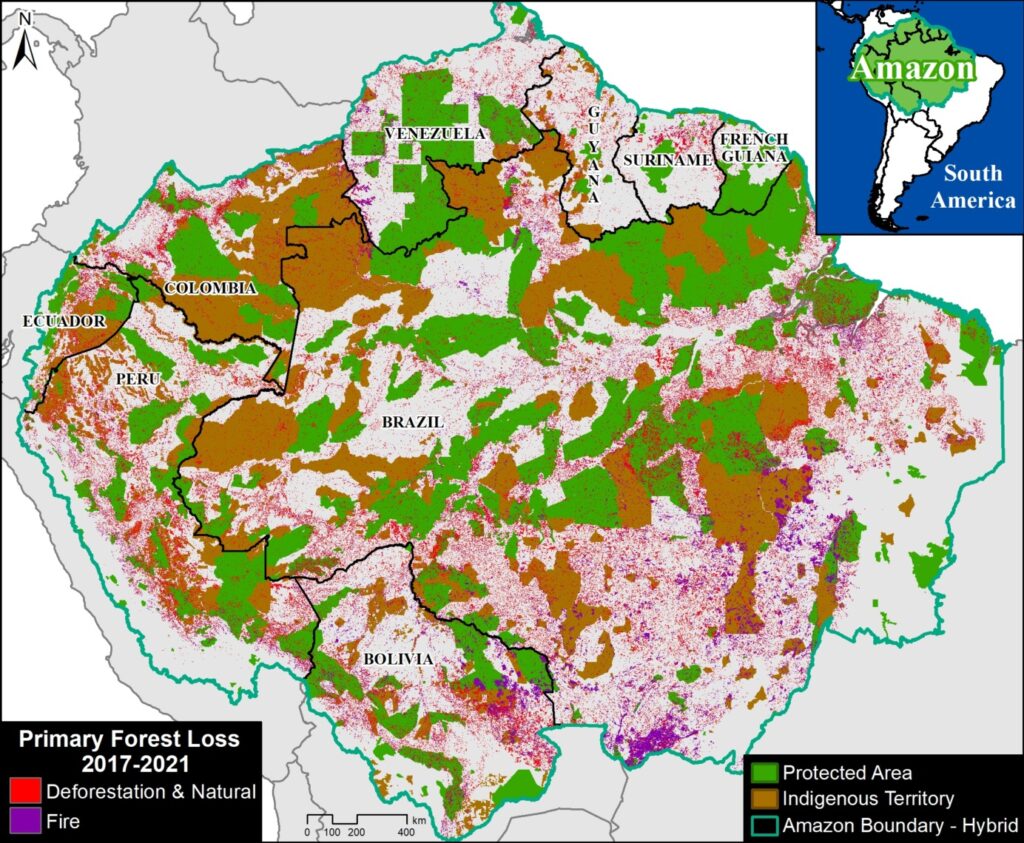
In fact, ecotourism initiatives here actively support and are often run by Indigenous communities, ensuring they directly benefit from conservation efforts and tourism revenues. Currently, ecotourism provides USD 2.3 billion annually to these communities. The World Wildlife Fund (WWF) estimates that ecotourism has the potential to maintain over 50% of the region’s biodiversity and play a significant role in global climate mitigation efforts.
2. Galápagos Islands, Ecuador
The Galápagos Islands are a biodiversity hotspot that was famously studied by Charles Darwin and is the world’s first UNESCO World Heritage Site. As a result, the islands have strict conservation policies, controlled visitation and comprehensive educational programs — 97% of the land is protected). Tourism-generated revenues, estimated at USD 600 million per year, have a large portion that directly supports critical conservation, scientific research and sustainable community livelihoods.
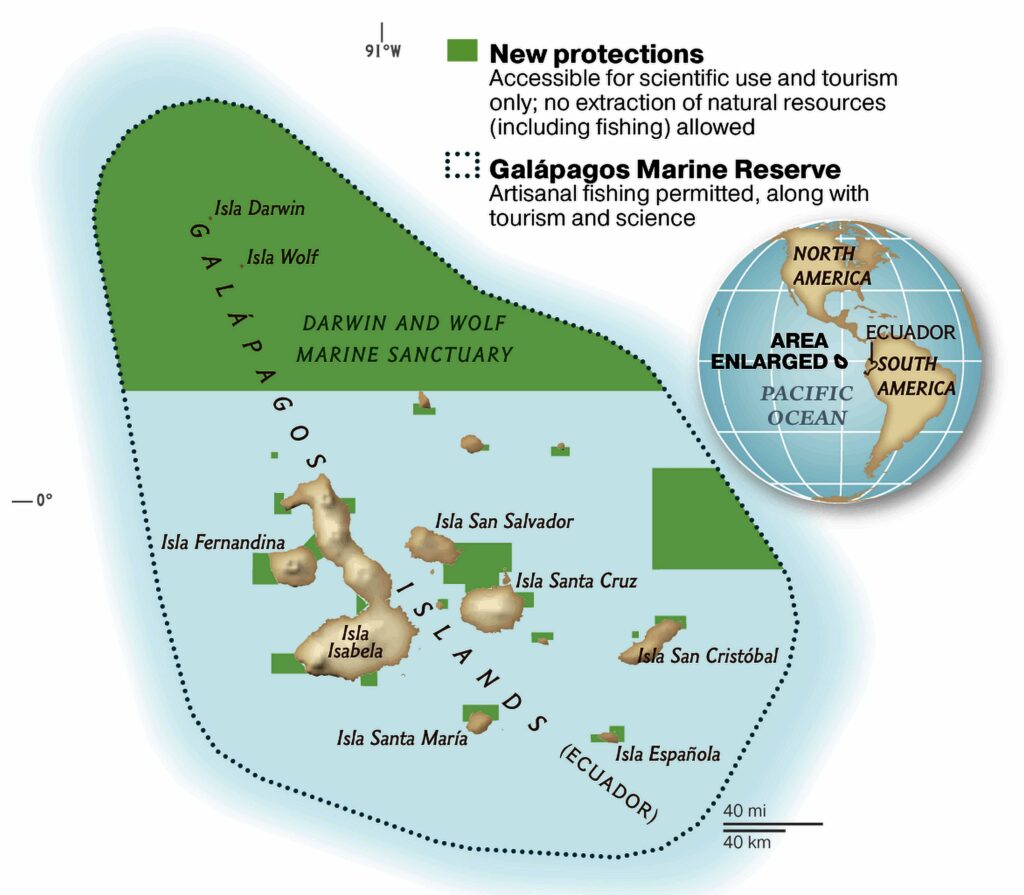
3. Serengeti National Park, Tanzania
Serengeti National Park encompasses 14,750 square km and is the heart of the larger Serengeti ecosystem, including the Ngorongoro Conservation Area and Kenya’s Maasai Mara National Reserve. This vast landscape hosts the world’s largest unaltered animal migration, where over 1.5 million wildebeest and hundreds of thousands of zebras and gazelles undertake a 1,000-kilometre annual journey in search of fresh grazing grounds.
Conservation efforts are bolstered by tourism, which not only generates revenue for park management but also aids in deterring illegal activities through the presence of visitors. The Tanzania National Parks Authority (TANAPA) oversees the park’s management and actively employs and educates local community members on sustainable environmental management.
4. Yellowstone National Park, United States
Yellowstone was established in 1872 as the United States’ first national park and is one of the country’s leading ecotourism destinations. It spans nearly 5,000 km and hosts over 4 million visitors annually. Ecotourism practices ensure sustainable visitation, protecting the natural features and wildlife. Tourism contributes about USD 642 million annually to local economies and supports over 7,000 jobs.
5. Komodo National Park, Indonesia
Komodo National Park covers 1,733 square km and has a population of around 2,500 Komodo dragons. While only 10% of the park is open to visitors (90% is completely protected), it attracts hundreds of thousands of visitors with a set daily cap. This approach balances conservation with the local economy and provides much-needed job opportunities for the local people.
6. Okavango Delta, Botswana
The Okavango Delta is a UNESCO World Heritage Site covering seasonally flooded wetlands famed for mokoro (dug‑out canoe) safaris that bring visitors up close to elephants, lions and endangered African wild dogs. Community-based lodges contribute to conservation with a nightly conservation fund fee, funding anti-poaching and wildlife monitoring in the Moremi Game Reserve. Ecotourism here sustains over 40% of the local jobs and accounts for 13% of Botswana’s GDP.
7. Osa Peninsula, Costa Rica
The Osa Peninsula hosts about 2.5% of global biodiversity within just 1,800 square km. Conservation initiatives like the Ridge to Reef program restore ecological corridors for species such as jaguars. Ecotourism generates critical revenue, supports biodiversity monitoring and provides sustainable employment and education opportunities, significantly benefiting local communities and preserving this ecotourism destination.
8. Great Barrier Reef Marine Park, Australia
The Great Barrier Reef Marine Park is a global icon of marine biodiversity and a cornerstone of Australia’s ecotourism. Annually, it contributes approximately USD 6.4 billion to the national economy and supports over 60,000 jobs, primarily through tourism activities.
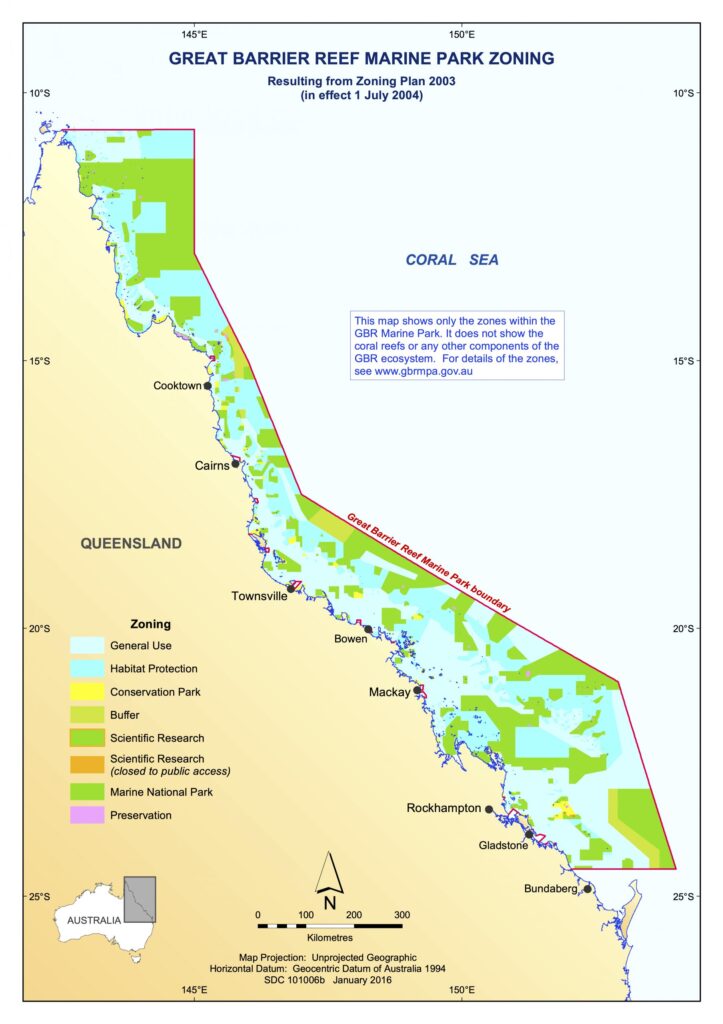
Ecotourism operators play a pivotal role in conservation efforts. Initiatives like coral gardening and participation in monitoring programs enable tourists and operators to contribute to reef health assessments. Resorts like Lady Elliot Island Eco Resort exemplify sustainable practices by utilising renewable energy and supporting marine research.
9. Kruger National Park, South Africa
Kruger National Park is a cornerstone of South Africa’s ecotourism and conservation efforts. It attracts nearly 2 million visitors annually, significantly contributing to the regional economy. Ecotourism here supports biodiversity conservation and provides substantial employment opportunities for local communities, including roles in park management, guiding and hospitality. Collaborative initiatives with local communities enhance conservation outcomes while fostering socioeconomic development.
10. Fiordland National Park, New Zealand
Fiordland National Park is one of New Zealand’s most visited national parks and is home to many conservation efforts. Local community members offer eco-resort and adventure-based sustainable tourism options that stimulate the economy. Likewise, local environmental organisations provide youth education and conservation programs. Sustainable tourism practices here exemplify the balance between ecological preservation and economic development.
The Future of Eco Tourism: A Global Imperative
Globally, ecotourism destinations clearly demonstrate substantial environmental, social and economic benefits. Successful examples from diverse ecosystems illustrate sustainable development pathways crucial for future resilience.
Decision-makers in sustainability, environmental ministries and corporate ESG roles must prioritise ecotourism within holistic climate strategies. Supported by robust conservation and economic data, ecotourism presents a vital solution to global climate challenges, balancing ecological integrity, community well-being and financial sustainability.
Eric Koons
Writer, United States
Eric is a passionate environmental advocate that believes renewable energy is a key piece in meeting the world’s growing energy demands. He received an environmental science degree from the University of California and has worked to promote environmentally and socially sustainable practices since. Eric has worked with leading environmental organisations, such as World Resources Institute and Hitachi ABB Power Grids.
Eric is a passionate environmental advocate that believes renewable energy is a key piece in meeting the world’s growing energy demands. He received an environmental science degree from the University of California and has worked to promote environmentally and socially sustainable practices since. Eric has worked with leading environmental organisations, such as World Resources Institute and Hitachi ABB Power Grids.




